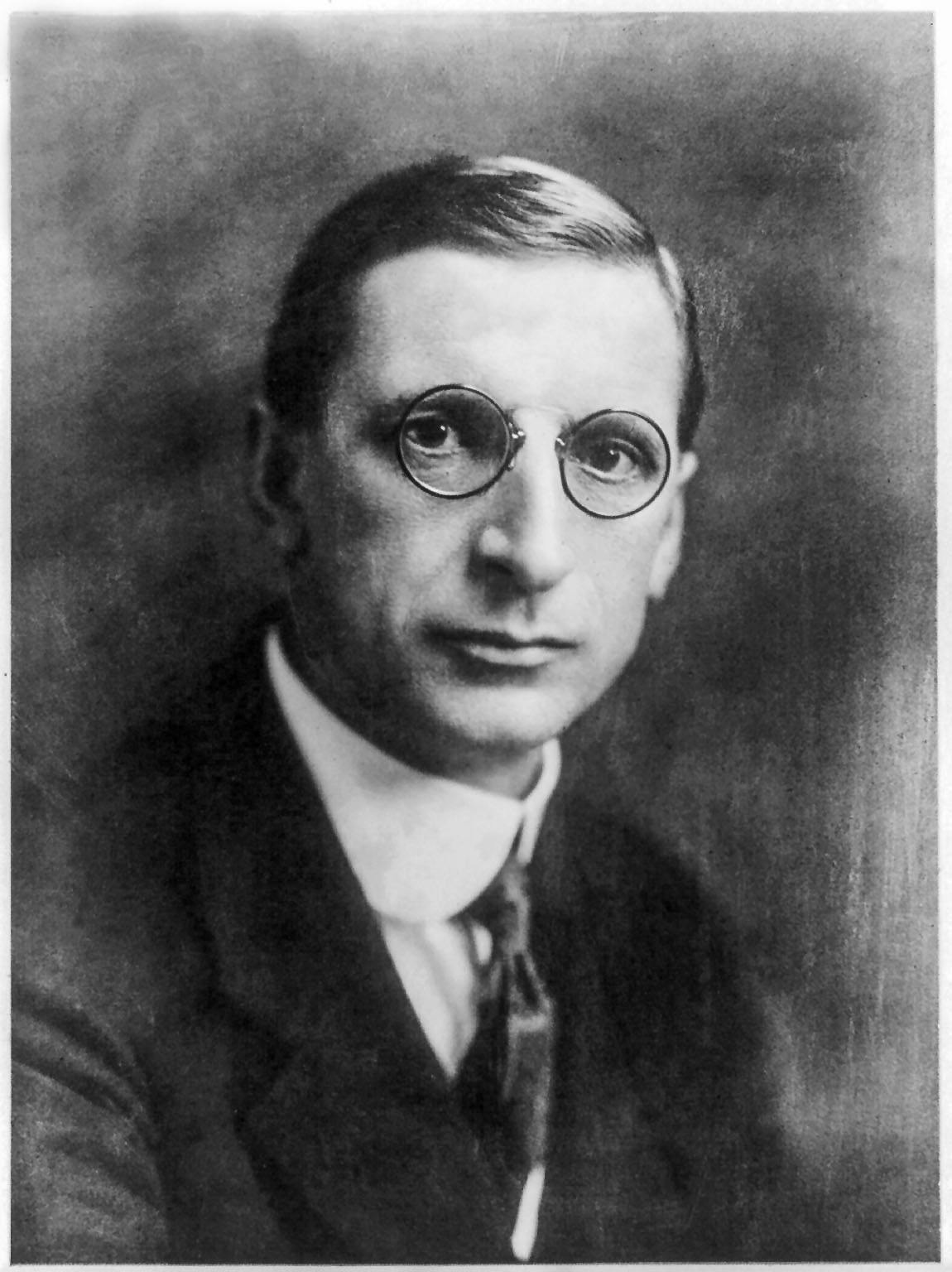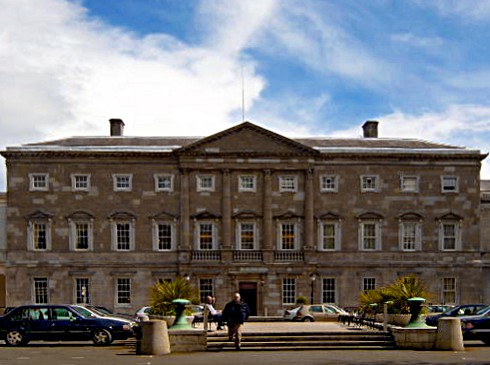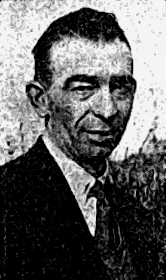|
Matthew Davis (politician)
Matthew Davis was an Irish Fianna Fáil politician. He was elected to Dáil Éireann as a Fianna Fáil Teachta Dála (TD) for the Athlone–Longford constituency at the 1937 general election. He lost his seat at the 1938 general election. He stood unsuccessfully as a Clann na Talmhan candidate at the 1948 general election for the Roscommon Roscommon (; ) is the county town and the largest town in County Roscommon in Ireland. It is roughly in the centre of Ireland, near the meeting of the N60, N61 and N63 roads. The name Roscommon is derived from Coman mac Faelchon who built ... constituency. References Year of birth missing Year of death missing Fianna Fáil TDs Members of the 9th Dáil {{TeachtaDála-stub ... [...More Info...] [...Related Items...] OR: [Wikipedia] [Google] [Baidu] |
Teachta Dála
A Teachta Dála ( , ; plural ), abbreviated as TD (plural ''TDanna'' in Irish language, Irish, TDs in English), is a member of Dáil Éireann, the lower house of the Oireachtas, Oireachtas (the Irish Parliament). It is the equivalent of terms such as Member of parliament, ''Member of Parliament'' (MP) or ''Member of Congress'' used in other countries. The official translation of the term is "Deputy to the Dáil", although a more literal translation is "Assembly Delegate". Overview For electoral purposes, the Republic of Ireland is divided into areas known as Dáil constituencies, constituencies, each of which elects three, four, or five TDs. Under the Constitution of Ireland, Constitution, every 20,000 to 30,000 people must be represented by at least one TD. A candidate to become a TD must be an Irish citizen and over 21 years of age. Members of the judiciary, the Garda Síochána, and the Defence Forces (Ireland), Defence Forces are disqualified from membership of the Dáil. U ... [...More Info...] [...Related Items...] OR: [Wikipedia] [Google] [Baidu] |
1937 Irish General Election
The 1937 Irish general election to the 9th Dáil was held on Thursday, 1 July, just over two weeks after the dissolution of the 8th Dáil on 14 June. The general election took place in 34 parliamentary constituencies throughout the Irish Free State for 138 seats in Dáil Éireann. The number of seats in the Dáil was reduced by 15, from 153 to 138 seats, under the Electoral (Revision of Constituencies) Act 1935. A plebiscite on whether to approve the new Constitution of Ireland was held on the same day. It was approved with the support of 56.5% of voters and would come into force on 29 December 1937. The 9th Dáil met at Leinster House on 21 July 1937 to elect the President of the Executive Council and approve the appointment of the Executive Council of the Irish Free State. Outgoing president Éamon de Valera was re-elected leading a single-party Fianna Fáil government. Result Voting summary Seats summary First time TDs *Ernest Benson * Cormac Bresl ... [...More Info...] [...Related Items...] OR: [Wikipedia] [Google] [Baidu] |
1938 Irish General Election
The 1938 Irish general election to the 10th Dáil was held on Friday, 17 June following the dissolution of the 9th Dáil on 27 May 1938 by the Presidential Commission on the request of Taoiseach Éamon de Valera. It was a snap election, less than a year after the previous election, the proximate cause being the government's loss of an opposition motion recommending use of arbitration to resolve Civil Service labour disputes.; The general election took place in 34 parliamentary constituencies throughout Ireland for 138 seats in Dáil Éireann. It was the first election held after the adoption of the Constitution of Ireland on 29 December 1937. Fianna Fáil won the first overall majority in the history of the State. The 10th Dáil met at Leinster House on 30 June to nominate the Taoiseach for appointment by President Douglas Hyde and to approve the appointment of a new government of Ireland on the nomination of the Taoiseach. Outgoing Taoiseach Éamon de Valera was re-appointed ... [...More Info...] [...Related Items...] OR: [Wikipedia] [Google] [Baidu] |
Athlone–Longford (Dáil Constituency)
Athlone–Longford was a parliamentary constituency represented in Dáil Éireann, the lower house of the Irish parliament or Oireachtas from 1937 to 1948. The constituency elected 3 deputies ( Teachtaí Dála, commonly known as TDs) to the Dáil, on the system of proportional representation by means of the single transferable vote (PR-STV). History The constituency was created for the 1937 general election under the Electoral (Revision of Constituencies) Act 1935, replacing the old Longford–Westmeath constituency. Under the Electoral (Amendment) Act 1947, the constituency was abolished, and the Longford–Westmeath constituency was re-created for the 1948 general election. Boundaries The constituency consisted of all of County Longford and parts of counties Roscommon and Westmeath. In the 1935 Act, its boundaries were defined as: :"The administrative County of Longford, :The district electoral divisions of: ::Athlone West Rural, Ballydangan, Ballynamona, Caltragh, Car ... [...More Info...] [...Related Items...] OR: [Wikipedia] [Google] [Baidu] |
Irish People
The Irish ( ga, Muintir na hÉireann or ''Na hÉireannaigh'') are an ethnic group and nation native to the island of Ireland, who share a common history and culture. There have been humans in Ireland for about 33,000 years, and it has been continually inhabited for more than 10,000 years (see Prehistoric Ireland). For most of Ireland's recorded history, the Irish have been primarily a Gaelic people (see Gaelic Ireland). From the 9th century, small numbers of Vikings settled in Ireland, becoming the Norse-Gaels. Anglo-Normans also conquered parts of Ireland in the 12th century, while England's 16th/17th century conquest and colonisation of Ireland brought many English and Lowland Scots to parts of the island, especially the north. Today, Ireland is made up of the Republic of Ireland (officially called Ireland) and Northern Ireland (a part of the United Kingdom). The people of Northern Ireland hold various national identities including British, Irish, Northern I ... [...More Info...] [...Related Items...] OR: [Wikipedia] [Google] [Baidu] |
Fine Gael
Fine Gael (, ; English: "Family (or Tribe) of the Irish") is a liberal-conservative and Christian-democratic political party in Ireland. Fine Gael is currently the third-largest party in the Republic of Ireland in terms of members of Dáil Éireann and largest in terms of 2019 European Parliament election in Ireland, Irish members of the European Parliament. The party has a membership of 25,000 in 2021. Leo Varadkar succeeded Enda Kenny as party leader on 2 June 2017 and as Taoiseach on 14 June; Kenny had been leader since 2002, and Taoiseach since 2011. Fine Gael was founded on 8 September 1933 following the merger of its parent party Cumann na nGaedheal, the National Centre Party (Ireland), National Centre Party and the Blueshirts, Army Comrades Association. Its origins lie in the Irish War of Independence, struggle for Irish independence and the Anglo-Irish Treaty, pro-Treaty side in the Irish Civil War, with the party claiming the legacy of Michael Collins (Irish leader), ... [...More Info...] [...Related Items...] OR: [Wikipedia] [Google] [Baidu] |
Fianna Fáil
Fianna Fáil (, ; meaning 'Soldiers of Destiny' or 'Warriors of Fál'), officially Fianna Fáil – The Republican Party ( ga, audio=ga-Fianna Fáil.ogg, Fianna Fáil – An Páirtí Poblachtánach), is a conservative and Christian-democratic political party in Ireland. The party was founded as an Irish republican party on 16 May 1926 by Éamon de Valera and his supporters after they split from Sinn Féin in the aftermath of the Irish Civil War on the issue of abstentionism on taking the Oath of Allegiance to the British Monarchy, which de Valera advocated in order to keep his position as a Teachta Dála (TD) in the Irish parliament, in contrast to his position before the Irish Civil War. Since 1927, Fianna Fáil has been one of Ireland's two major parties, along with Fine Gael since 1933; both are seen as centre-right parties, to the right of the Labour Party and Sinn Féin. The party dominated Irish political life for most of the 20th century, and, since its ... [...More Info...] [...Related Items...] OR: [Wikipedia] [Google] [Baidu] |
Dáil Éireann
Dáil Éireann ( , ; ) is the lower house, and principal chamber, of the Oireachtas (Irish legislature), which also includes the President of Ireland and Seanad Éireann (the upper house).Article 15.1.2º of the Constitution of Ireland reads: "The Oireachtas shall consist of the President and two Houses, viz.: a House of Representatives to be called Dáil Éireann and a Senate to be called Seanad Éireann." It consists of 160 members, each known as a (plural , commonly abbreviated as TDs). TDs represent 39 constituencies and are directly elected for terms not exceeding five years, on the system of proportional representation by means of the single transferable vote (PR-STV). Its powers are similar to those of lower houses under many other bicameral parliamentary systems and it is by far the dominant branch of the Oireachtas. Subject to the limits imposed by the Constitution of Ireland, it has power to pass any law it wishes, and to nominate and remove the Taoiseach (he ... [...More Info...] [...Related Items...] OR: [Wikipedia] [Google] [Baidu] |
Clann Na Talmhan
Clann na Talmhan (, "Family/Children of the land"; formally known as the ''National Agricultural Party'') was an Irish agrarian political party active between 1939 and 1965. Formation and growth Clann na Talmhan was founded on 29 June 1939 in Athenry, County Galway, in the wake of the breakdown of unification talks between the Irish Farmers Federation (IFF) and representatives of farmers in Connacht on the rate-paying issue. While the IFF supported full derating, the western view was that the largest farmers should not be relieved of all their rate-paying obligations. Were this to happen, the western opinion was that indirect taxation would inevitably increase, and small farmers and workers would find themselves appreciably worse-off. The party was led initially by Galway farmer Michael Donnellan. Its foundation represented a revival of agrarian politics in Ireland; from 1922 to 1933 a series of parties had represented farming interests, namely the Farmers' Party and the N ... [...More Info...] [...Related Items...] OR: [Wikipedia] [Google] [Baidu] |
1948 Irish General Election
The 1948 Irish general election to the 13th Dáil was held on Wednesday, 4 February following the dissolution of the 12th Dáil on 12 January 1948 by the President Seán T. O'Kelly on the request of Taoiseach Éamon de Valera. The general election took place in 40 constituencies throughout Ireland for 147 seats in Dáil Éireann, the house of representatives of the Oireachtas, with a revision of Dáil constituencies under the Electoral (Amendment) Act 1947, which had increased the number of seats by 9 since the previous election. The election resulted in Fianna Fáil leaving government for the first time in 16 years and the formation of the first coalition government in Ireland. The constituency of Carlow–Kilkenny voted on 8 February after the death during the campaign of Fine Gael candidate Eamonn Coogan TD. Another Fine Gael deputy in the same constituency, James Hughes, had died shortly before the dissolution. The 13th Dáil met at Leinster House on 18 February to nomi ... [...More Info...] [...Related Items...] OR: [Wikipedia] [Google] [Baidu] |
Roscommon (Dáil Constituency)
Roscommon was a parliamentary constituency represented in Dáil Éireann, the lower house of the Irish parliament or Oireachtas from 1923 to 1969 and from 1981 to 1992. The method of election was proportional representation by means of the single transferable vote (PR-STV). History and boundaries The constituency has had two separate periods of existence: *from the 1923 general election until its abolition at the 1969 general election, when it was amalgamated into the Roscommon–Leitrim constituency, which in turn existed until the 1981 general election. At different periods it returned 4, 3 or 4 TDs. It comprised the administrative county of Roscommon. *as a 3-seat constituency from the 1981 general election until its abolition at the 1992 general election to be replaced by the 4-seat constituency of Longford–Roscommon. It comprised the administrative county of Roscommon; and, in the administrative county of Galway, the district electoral divisions of: Ballinastack, ... [...More Info...] [...Related Items...] OR: [Wikipedia] [Google] [Baidu] |
Year Of Birth Missing
A year or annus is the orbital period of a planetary body, for example, the Earth, moving in its orbit around the Sun. Due to the Earth's axial tilt, the course of a year sees the passing of the seasons, marked by change in weather, the hours of daylight, and, consequently, vegetation and soil fertility. In temperate and subpolar regions around the planet, four seasons are generally recognized: spring, summer, autumn and winter. In tropical and subtropical regions, several geographical sectors do not present defined seasons; but in the seasonal tropics, the annual wet and dry seasons are recognized and tracked. A calendar year is an approximation of the number of days of the Earth's orbital period, as counted in a given calendar. The Gregorian calendar, or modern calendar, presents its calendar year to be either a common year of 365 days or a leap year of 366 days, as do the Julian calendars. For the Gregorian calendar, the average length of the calendar ye ... [...More Info...] [...Related Items...] OR: [Wikipedia] [Google] [Baidu] |


.jpg)
.jpg)


